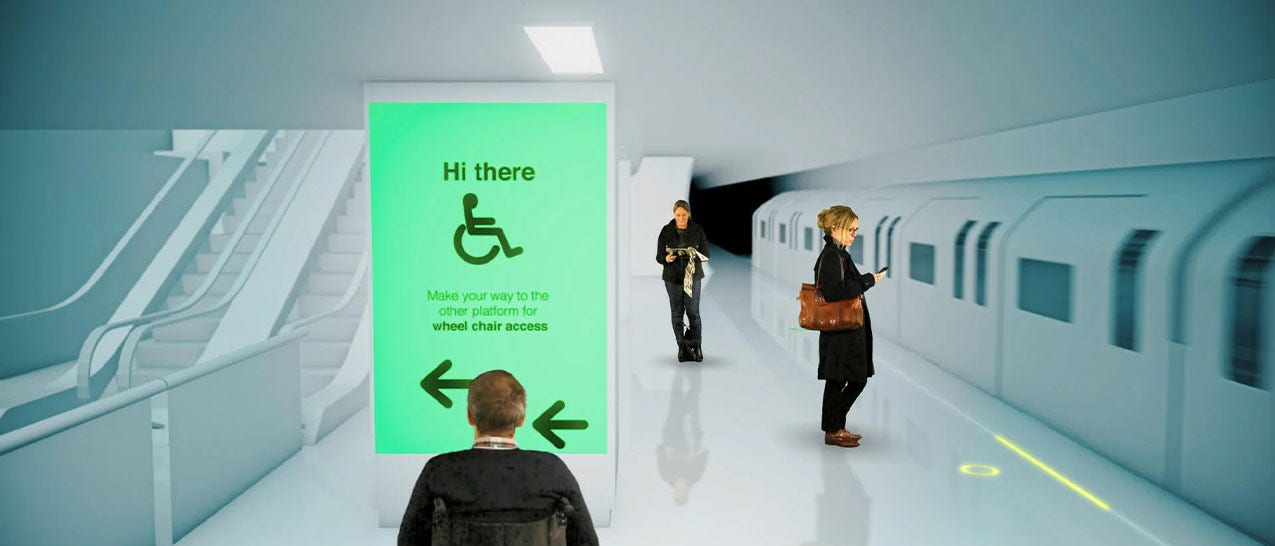Year(s): 2018

![]()
Published: 26/03/2018
Year(s): 2018
That’s the question that Hitachi’s Vision Design methodology seeks to answer. Used by the European Centre for Social Innovation, Vision Design looks at how macro trends will impact future societies and business, and then identifies how this creates opportunities for new solutions, products and services. By interpreting trends and translating them into relevant insights, Vision Design aims to “future proof” businesses by helping them to see what’s possible in the future, to visualise opportunities and risks, and to stay ahead of the competition.
Vision Design involves many different stakeholders, from customers and citizens to domain experts, technologists, designers and social scientists. It looks at how political, social, economic and technical factors are shifting, and then imagines how these changes will play out, building a hypothesis called “Future Signs” (Kizashi in Japanese). We gather feedback on this hypothesis, and then build scenarios and narratives allowing business units to create new products and services to meet new needs. We also build artefacts that demonstrate our vision for future experiences, integrating Hitachi’s capabilities and strengths.
In our recent exercise looking at European rail, three opportunities arose from the Vision Design process: overcrowded stations, unpredictable delays, and passenger anxiety. The vision we developed from this was a collaborative system that brings together train operators, passengers, and other third parties such as retailers, to go beyond what a single operator could achieve.
It included elements such as smart lighting embedded into platforms, smart CCTV that analyses congestion in stations and helps passengers, and advanced security.
Because the Vision Design methodology can create such a broad vision, it helps different businesses within Hitachi – as well as our other stakeholder groups – to see opportunities and ways of working together to make the future happen.